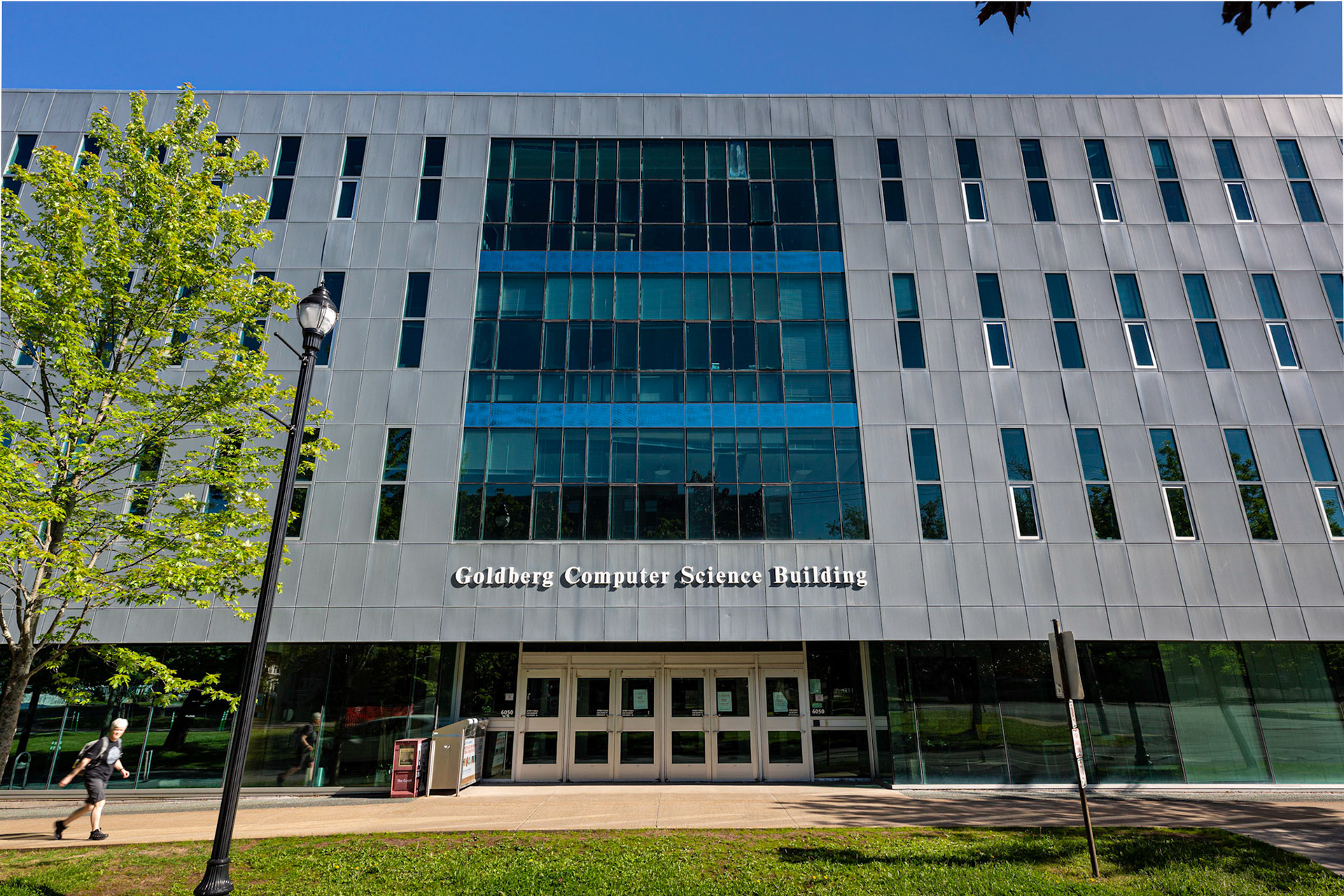Modeling and Analytics on Predictive Systems


Gabriel Spadon, Ruixin Song, Vaishnav Vaidheeswaran, Md Mahbub Alam, Floris Goerlandt, Ronald Pelot (2025) Learning Spatio-Temporal Vessel Behavior using AIS Trajectory Data and Markovian Models in the Gulf of St. Lawrence arXiv preprint arXiv:2506.00025 [stat.AP]
Md Mahbub Alam, Amilcar Soares, José F. Rodrigues-Jr, Gabriel Spadon (2025) Physics-Informed Neural Networks for Vessel Trajectory Prediction: Learning Time-Discretized Kinematic Dynamics via Finite Differences arXiv preprint arXiv:2506.12029 [cs.LG]
Joao P. Silva, Erikson J. de Aguiar, Gabriel Spadon, Agma J. M. Traina, Jose F. Rodrigues-Jr (2025) AI-Driven Public Health Surveillance: Analyzing Vulnerable Areas in Brazil Using Remote Sensing and Socioeconomic Data 38th IEEE International Symposium on Computer-Based Medical Systems (CBMS)